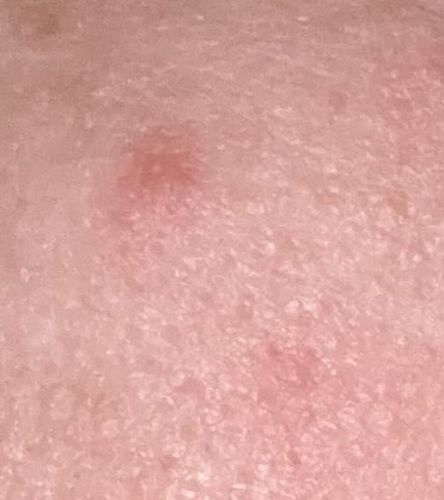Scabies Mite
Scientific Name: Sarcoptes scabiei
Order & Family: Order: Sarcoptiformes, Family: Sarcoptidae
Size: Adult female mites are approximately 0.3-0.45 mm long and 0.25-0.35 mm wide. Males are slightly smaller, about 0.2-0.24 mm long and 0.15-0.2 mm wide. They are generally not visible to the naked eye.

Natural Habitat
The scabies mite lives exclusively on and in human skin. It is found globally across all human populations, regardless of economic status or hygiene practices. Infestations are common in crowded conditions where close bodily contact is frequent, such as nursing homes, extended-care facilities, and childcare centers.
Diet & Feeding
Scabies mites feed on human skin, specifically the outer stratum corneum layer, and tissue fluids.
Behavior Patterns
Mites are microscopic arachnids. Scabies mites, specifically, burrow into the upper layer of the skin where they live and lay their eggs. They are highly contagious and spread through direct, prolonged skin-to-skin contact with an infested person. Symptoms, such as intense itching and a pimple-like rash, usually appear 2-6 weeks after initial infestation. The mites lay 2-3 eggs per day, which hatch in 3-4 days, and larvae mature into adults in 10-17 days.
Risks & Benefits
Potential risks: Scabies infestations cause intense itching, which can lead to secondary bacterial infections from scratching. In severe cases (crusted scabies), the infestation can be widespread and lead to more serious health complications, especially in immunocompromised individuals. There are no known benefits of scabies mites to humans or the ecosystem.
Identified on: 9/4/2025